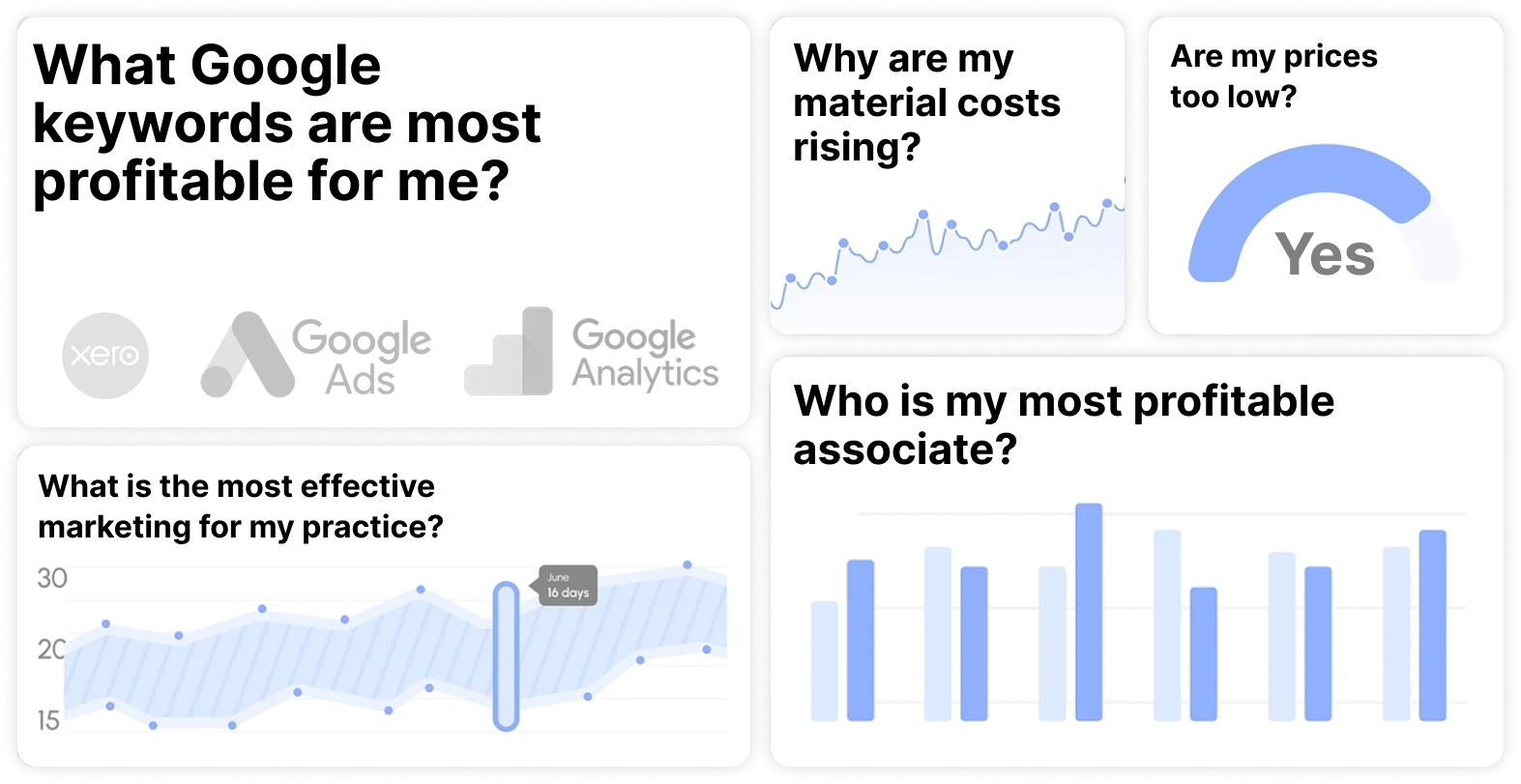Hi {{firstname|everyone}},
Most firms still treat bookkeeping like a necessary evil, reconcile, report, repeat. It’s the same cycle every month: piles of transactions, endless checking, and clients who see the numbers only after it’s too late to act.
The problem? Data entry doesn’t win you clients.
And with AI moving faster than most firms realise, staying stuck in “record-keeping mode” is a recipe for irrelevance. The winners will be the firms that shift from recording history to shaping the future.
The difference lies in how you implement it, train your people, and integrate it into client conversations.
From Ledger to Insight: AI’s Evolution in Bookkeeping
AI has changed the equation around processing and posting transactions accurately.
💡 McKinsey reports that AI adoption in finance functions can improve forecast accuracy by up to 50%, allowing faster, insight-driven decisions.
Today’s AI agents not only reconcile ledgers but continuously analyse the financial data they process. They spot patterns, highlight anomalies as they happen, and generate live dashboards so you can interpret the numbers instantly, not weeks later.
This means your team shifts from “closing the books” to answering bigger questions:
Why are margins eroding in one branch? Which product lines are trending up? Which client segments are dragging cashflow? When offshore teams are trained to run and interpret AI outputs, you suddenly gain a 24/7 analysis capability without inflating local headcount.
Risk, Trend, and Opportunity Detection
The traditional model spots risks only after the damage is done, a late payment, a revenue dip, a compliance oversight. AI changes that.
💡 Deloitte found that 70% of companies using AI for risk detection achieved faster decision-making and significantly reduced financial exposure.
By scanning thousands of transactions, invoices, and payment histories in real time, AI agents can immediately flag suspicious patterns, spot declining revenue streams before they worsen.
This turns your client conversations from backward-looking reporting to forward-looking strategy. Instead of “Here’s where we went wrong last quarter,” you’re saying, “Here’s a risk we’ve just spotted , and here’s how to get ahead of it.”
That level of timeliness can be the difference between a costly loss and a profitable pivot.
Forecasting That Feels Like a Conversation
Forecasting used to be static: a spreadsheet made at the start of the quarter and forgotten until it was outdated.
💡 In fact, Bain & Company found that firms using AI-enhanced forecasting are 2.5× more likely to meet revenue targets.
Now, AI agents can produce rolling cashflow projections, instantly model “what-if” scenarios, and compare performance against industry benchmarks, all in a matter of seconds.
This makes forecasting an ongoing dialogue with your clients. Instead of waiting for them to ask, “What happens if interest rates rise by 0.5%?” you can show them the answer before the question is raised.
And when offshore teams prepare these AI-driven forecasts in advance, your in-house advisors can walk into meetings with proactive recommendations instead of reactive reports.
How Samera Does It
At Samera, we don’t just bolt on AI tools and hope for the best. We train offshore teams to use them in context, aligned with your compliance needs, your reporting style, and your client communication standards.
We’ve already built Samera.ai to take dental practices beyond bookkeeping, spotting trends, predicting cashflow gaps, and surfacing insights in minutes.
Next, we’re bringing this to accounting firms. Same AI. Same results. Less manual grind, more real advisory.
Cheers,
Arun
These Are The Rolls-Royce Of Hearing Aids (And Under $100)
Shoppers are going nuts over these low cost hearing aids that are virtually invisible. Discover how these affordable hearing aids are changing the lives of people everyday.
Over 150,000 happy customers are already loving their new way of hearing. Don’t let overpriced hearing aids hold you back—order yours today.




